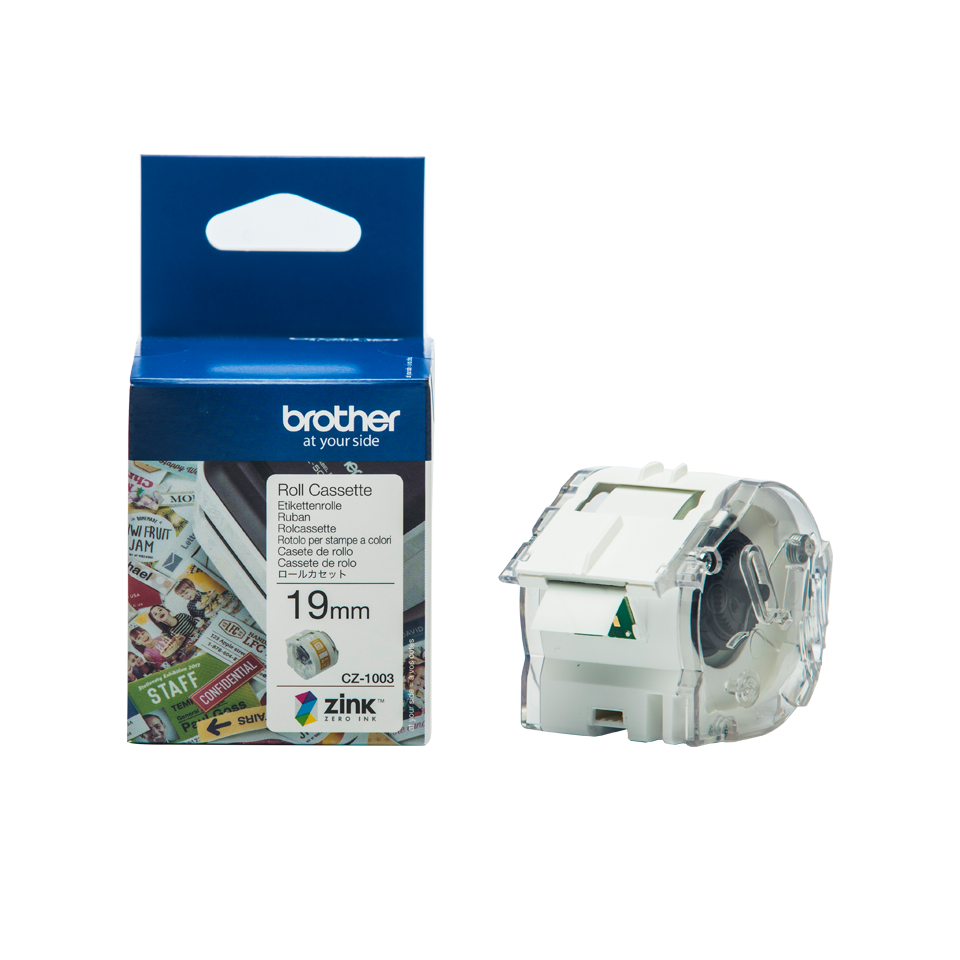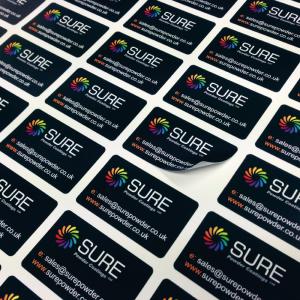Discovering the Conveniences of Blank Labels and Their Compatibility With Full-Colour Labels
Blank labels, often forgot, hold a secret prowess in the world of advertising and product management. Their adaptability and versatility across various sectors make them a useful possession. Combined with full-colour labels, they can enhance product identification, stock management, and marketing performance. The striking comparison they create can catch customer interest and convey brand name values. Intriguingly, the mix of blank and full-colour tags can cultivate an unique visual that promotes distinction and quality in a competitive marketplace. The concern then occurs, exactly how can one take full advantage of these benefits?
Understanding the Standard Idea of Space Labels
While they might appear simple in the beginning glance, empty labels hold a substantial place in numerous sectors. They form the foundation of product recognition, stock monitoring, and quality assurance. These seemingly harmless devices of communication are, in fact, powerhouses of information.

Their empty nature offers them a global application, ready to be tailor-maked according to the individual's requirements. They can be printed on making use of different techniques like thermal transfer, direct thermal, laser, or inkjet, therefore making them functional.
Various forms and sizes satisfy the myriad requirements of industries, varying from the tiny circular labels on pharmaceutical vials to big rectangle-shaped ones on shipping crates. Hence, blank labels, in their simpleness, perform essential features that maintain sectors running efficiently.
The Unmatched Convenience of Blank Labels
Blank labels, in their simple visibility, symbolize an unrivaled adaptability that sets them apart - blank labels. This versatility hinges on their capacity to be made use of across myriad applications and industries. From retail and logistics to drugs, they function as an adaptable yet robust tool in handling, arranging, and recognizing items
Their customisability is one more exceptional aspect, supporting a variety of printing technologies. Whether it's thermal, laser, or inkjet printing, empty tags can fit various techniques, accommodating details demands.
Moreover, they can be customized to different shapes, sizes, and materials, showing a versatility that exceeds the regular restrictions of pre-printed labels. This enables for on-demand printing, offering organizations with the flexibility to style and print tags as needed.
Essentially, the versatility of empty labels originates from their simpleness, adaptability, and compatibility with varied printing technologies and materials. It's these top qualities that make them a crucial asset in numerous sectors.
Cost-Effectiveness: A Secret Advantage of Blank Labels
One substantial advantage of blank tags is their cost-effectiveness. This can be appreciated in several means, such as the decrease in printing expenditures, the savings made from bulk purchases, and the minimization of waste generation. Each of these elements contributes to making blank labels an affordable choice for organizations.
Decreasing Printing Costs
One reliable technique is by reducing printing costs with the use of blank labels. Unlike pre-printed labels, blank tags eliminate the demand for costly color printing, thus conserving on the ink cost. The unification of blank tags can be a critical choice for services intending to enhance cost-effectiveness and efficiency in their operations.

Bulk Acquisition Cost Savings
Numerous companies find that purchasing empty labels wholesale can cause substantial financial savings, better improving their cost-effectiveness. The reasoning behind this is basic; suppliers usually supply rate breaks for larger orders, reducing the system price of each tag. This, in turn, decreases the general expenditure on tags, causing greater revenue margins. In addition, having a huge supply of labels accessible decreases the frequency of reordering, conserving both time and administrative expenses. Additionally, mass getting can also ensure a constant supply, protecting against any kind of possible disturbances in manufacturing due to lack of labels. Nevertheless, organizations have to balance these advantages versus storage space restraints, as huge amounts of labels call for substantial storage area.
Decreasing Waste Generation
While blank labels provide several benefits, their possible to lessen waste generation can not be overstated. This quality adds substantially to their cost-effectiveness. By enabling users to print just what is needed, empty labels eliminate the surplus generally connected with pre-printed tags. This, subsequently, lowers waste and the expenses related to garbage disposal. In enhancement, blank tags' flexibility permits last-minute modifications or updates without the need to dispose of obsolete or incorrect labels, additionally lessening waste development. By decreasing the usage of unnecessary materials, empty tags advertise eco pleasant methods. Therefore, the use of empty labels not just proves cost-effective but also lines up with lasting and accountable company practices.
Exactly How Space Labels Enhance Branding Opportunities
The role of empty labels in boosting branding chances can not be ignored. By giving flexibility in style choices, they enable businesses to craft one-of-a-kind, compelling visuals that mirror their brand identity. Just as essential is the role these tags play in maximising brand name presence, functioning as a consistent pointer of business to customers.
Flexibility in Design Selections
Offering an unmatched degree of versatility, empty labels present organizations with countless possibilities for tailoring their item packaging. They can be made with any type of logo, message, or image source graphic and can be printed in any colour, allowing businesses to tailor their labels to their certain brand identification. Space tags, then, are not just a practical need, but a critical device for service branding.
Maximising Brand Visibility
To maximise brand name visibility, blank tags act as a very effective device. They provide a canvas for creative thinking, enabling an organization to carry out personalized designs that record its distinct identification. This versatility ensures the brand is not confined to pre-made layouts, thus giving a possibility to attract attention in the crowded market. Additionally, blank tags can be utilised across numerous product lines, preserving uniformity in brand presentation. In mix with full-colour labels, they develop a striking aesthetic comparison that gets hold of customer attention. This technique improves recognition and recall, important facets of brand exposure. For that reason, by leveraging the capacity of empty labels, services can considerably intensify their brand name's market existence.
The Symbiotic Partnership In Between Blank and Full-Colour Labels
Although varying in their usage, empty and full-colour tags have an one-of-a-kind, cooperative connection that enhances their individual value. Space labels, with their minimal design, offer flexibility and versatility, making them appropriate for different applications. Their simpleness enables for customisation, supplying a canvas for creative thinking and personalisation.
Their effect is intensified when coupled with blank tags. The blank tags can take in and neutralize the intensity of full-colour tags, preventing them from frustrating the customer's senses. Concurrently, the full-colour labels intensify the effectiveness of blank labels, keeping them from showing up too simple or boring.
Real-world Examples of Efficient Blank and Full-Colour Tag Combination
Have you ever considered just how common brands use a mix of blank and full-colour labels to maximize their product allure? Its product packaging utilizes a contrast of blank and full-colour tags, emphasizing the item's streamlined looks.
Likewise, Coca-Cola properly uses full-colour labels on its timeless red containers, with blank labels on its 'Zero Sugar' variant, subtly sharing a much healthier alternative. Nestlé likewise significantly uses empty tags for its 'Pure Life' water bottles, contrasted with full-colour labels for its flavoured water options. These real-world examples demonstrate the efficient usage linked here of blank and full-colour tags in boosting item allure and communicating brand name worths, verifying that a wise mix of both can undoubtedly be a successful advertising and website link marketing technique.
Conclusion
In final thought, the combination of blank labels with full-coloured labels supplies services a distinct, affordable branding strategy. Their versatility across various sectors improves product recognition and inventory monitoring, while their compatibility with full-colour labels increases advertising and marketing effectiveness.